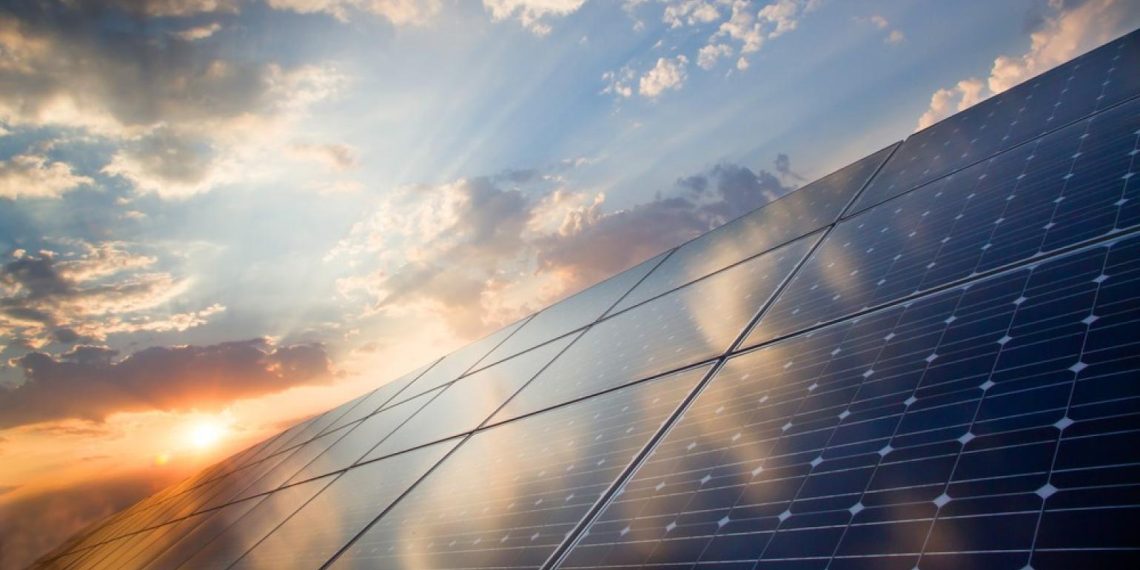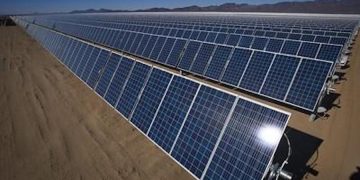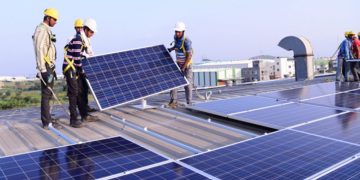As solar companies were left out of the stimulus bill, they must find ways to get through these uncertain times. Economic and environmental drivers must prevail if solar capacity is to meet 2020 projections.
Although the original projections were very hopeful, there are many issues with the outbreak of COVID-19 that will be impacting this. The US has been trying to keep companies and consumers afloat during this time with the stimulus bill. However, on April 1st the renewable energy industry was left out of this $2.2 trillion bill, leading to a growing concern among these companies.
Many are working on trying to appeal this decision and explain the need for funds in the future. The projects themselves have been halted as well, which will affect companies reaching their goals for growth in the future, as well as the goals for renewable energy as a country.
Worldwide the solar industry is being affected by this. Europe has begun to stretch timelines due to the suspended work, while Germany, France, and Ireland have all taken action to preserve the projects that are currently not completed.
For the US, this lack of stimulus support has led to many layoffs, as companies such as Sungevity eliminate the majority of its workforce late this March. Others are trying alternative ways to lower their budgets during this time. SunPower chose to reduce spending by cutting executive salaries and tightening the overall expenses, expecting to save $50 million to remain stable in the unknown of this year.
As 2019 wrapped up, companies began to make projections about the increasing amount of solar power capacity in 2020. Before the outbreak, there was an increasing demand for solar energy across the private and public sectors, projecting growth from the current 78 GW of capacity nationwide. The plans for the upcoming years included working on storing this energy by increasing the amount of solar power paired with storage centers by 20% by 2025 from 2019. This would make the industry more effective and ensure that solar power is a dependable source of electricity in the long run.
Source: https://www.seia.org/solar-industry-research-data
In 2019 the US installed 13.3 GW of solar PV capacity. That’s enough energy to power 14 million homes and accounted for 40% of the electric capacity added to the grid. This was the highest share in history and the year 2020 was projected to be on the same incline.
The 2020 estimates showed the growth of over 94 GW of cumulative US solar installations. A Forbes article projected solar power to be the fastest-growing form of renewable energy for the next thirty years. Texas, California, and the Mid Atlantic are full of solar projects and the capacity in these areas was expected to double in the next five years and will account for about half of all solar in the US.
The virus is still unpredictable, and it is important that current data be compared to previous projections to give investors a better sense of how to move forward. One thing for sure is that the solar industry will be impacted by the pandemic. How this impacts the deployment of assets and balance sheets of developers is still put into question.
However, the government continues to increase stimulus funds, and maybe some will be targeted to the solar industry.









